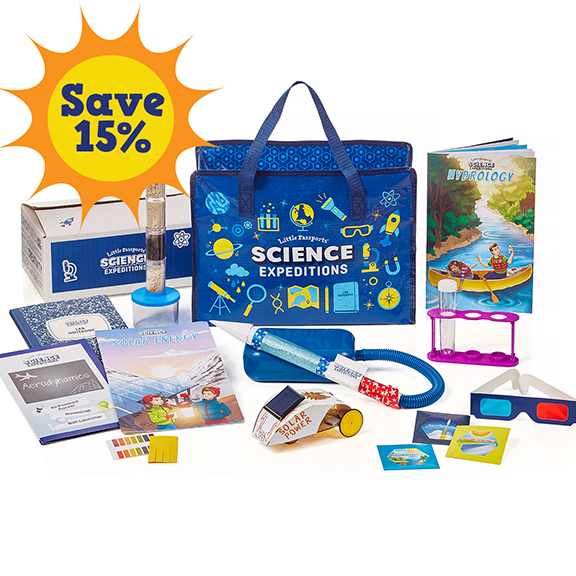The fundamental principle of scientific pedagogy must be, indeed, the liberty of the pupil; –such liberty as shall permit a development of individual, spontaneous manifestations of the child’s nature. If a new and scientific pedagogy is to arise from the study of the individual, such study must occupy itself with the observation of free children.
Maria Montessori, The Montessori Method (28)
The Montessori Method, simply referred to as ‘the method’ by Montessori herself, is a culmination of Maria Montessori’s life work in studying, observing, and experimentation on the education of children.
Montessori’s approach to the education of the child is unique in that it is based on the observation of the child and following his or her abilities and interests. By observing children closely, you are able to identify when a child is most willing and ready to learn a specific skill. The method is based on the freedom of the child to explore and learn, mostly, through self-direction.
The Montessori philosophy nurtures a child’s sensitive period by allowing the child ample opportunity for the child to be absorbed and focused on whatever task they are driven to at the time. Montessori believed that children learned more quickly and easily during this time, for this specific task, than any other time and that children should not be punished or redirected during their sensitive period
Ideas Central to the Montessori Method
Areas of the Classroom. The Montessori classroom is set-up into eight different areas: practical life, sensorial, math, language, culture/geography, science, and art. These may vary from class to class, but the mainstays are practical life, sensorial, math, and language. Montessori stressed the importance of learning through the senses (sight, sound, taste, touch, and smell) and incorporated them into the materials.
Prepared Environment. The prepared environment is one that is constructed with the child in mind. The goal is to have a place where the child would maximize and facilitate independent learning. It is a calm, well-ordered space where the child is able to carry out tasks suited to their varying needs and abilities. Elements of a prepared environment include: freedom, structure, order, beauty, nature, social, and intellectual.
Age Range. In Montessori classrooms you’ll find that children are grouped by a 3-year age range (3-6, 6-9, 9-12, etc). The benefit of this is so that the older children can model and lead the younger ones and the younger children are propelled on in their own learning by observing what the older children are doing.
Respect. Montessori believed that children should be treated with respect, as capable beings – not just little adults. Respect is incorporated into every aspect of the Montessori environment. The children are taught and then expected to respect their environment, the materials, world, themselves, and others.
Order. Order plays an important aspect of a Montessori environment, because it allows the children to focus during times when they are experiencing rapid growth and development. The ordered environment allows the child to focus on their work and task they are interested, which in turn enables the child to absorb the experience and learn quickly.
Rewards & Punishments. Montessori’s called external rewards and punishments the bench of the soul, the instrument of slavery for the spirit (The Montessori Method, 21), but that the process and discovery in the work itself would be reward enough. An occasional external reward might be a smile from a teacher or a quiet acknowledgment of an appropriate behavior.
The Montessori Teacher. The role of a Montessori teacher, also referred to as a directoress, is to inspire, demonstrate, and facilitate, but not to lecture. She (or he) does this by maintaining a prepared environment, providing the opportunity for formal and informal learning, and modeling the behavior the teacher desires to see in the child.
Presentations. The elements of a formal presentation include that the teacher believes the child is ready for the new activity, the activity is presented and treated as the child’s work instead of play, the caregiver presents the activity in sequence, and finally the child performs the activity as many times as he/she likes.
Formal Lesson – A formal presentation is a planned activity based on the child’s interest, abilities, and sensitive period.
Informal Lesson – You’d provide an informal presentation as the moment arises. An informal presentation occurs when a student asks a question or requests help from a caregiver. This leads into a formal presentation.
Three Period Lesson – The lesson is given in this basic format:
- Period 1: Introduction (This is ‘a’.)
- Period 2: Association/Recognition (Can you show me ‘a’?)
- Period 3: Recall (What is this…pointing to ‘a’…?)





























